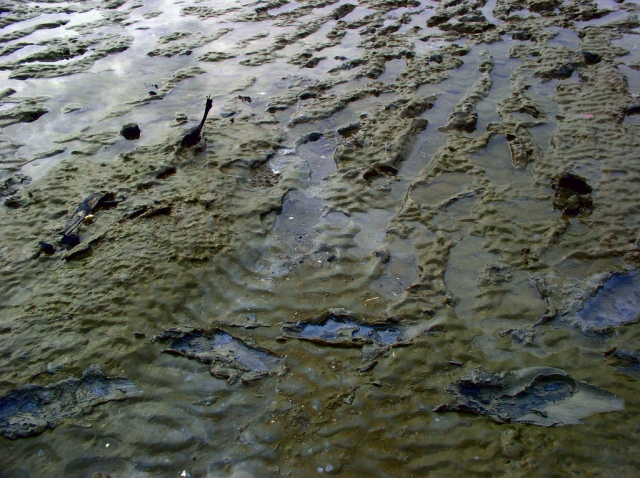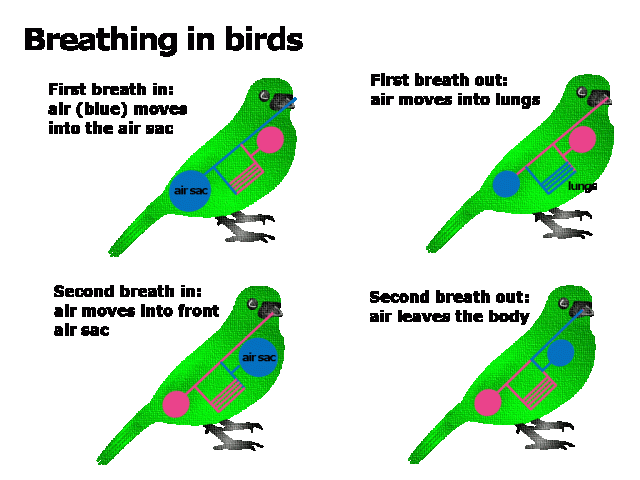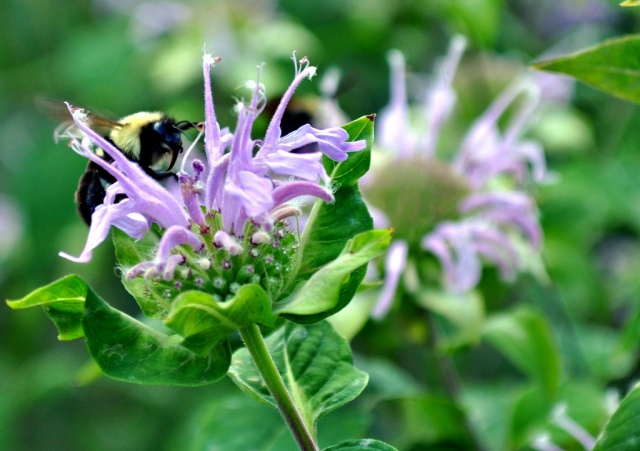When incey wincey spider climbed up the water spout – it was probably to get some air because spiders need to breathe just like us.
Spiders exchange gases (breathe) in a similar way to insects. We’ve looked at insect breathing in a previous blog post – but here’s a quick recap. Spiders (and insects) have tiny holes in their abdomen called spiracles. Each spiracle is an opening to a tube called a trachea. Oxygen from the environment travels directly down the system of trachea to each cell (and the carbon dioxide waste returns the same way to the environment).
Some spiders also have extra breathing organs that insects don’t have. These organs are called book lungs, because they sort of look like pages from a book. Spiders can have either one or two pairs of book lungs. The “pages” of the book lung are called lamellae. When the spider moves, air passes over the large surface area of the lamellae and oxygen can be absorbed into the spiders’ blood.
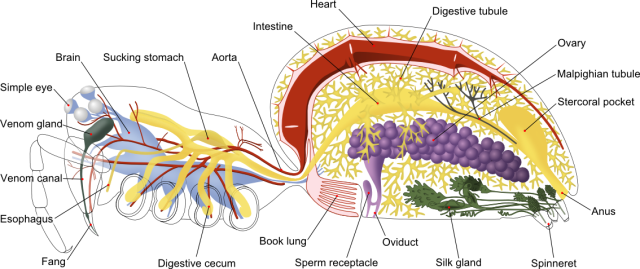
Spider internal anatomy – look for the book lungs (in pink) Diagram from Wikipedia
Spider blood is called haemolymph and unlike our blood is blue. Our red blood gets its colour from haemoglobin which contains iron (the red bit). Haemoglobin is the protein that carries oxygen around our body. Spiders (and many other arthropods and also molluscs) have a different protein to carry oxygen called haemocyanin. Haemocyanin contains copper instead of iron which gives it a blue colour.
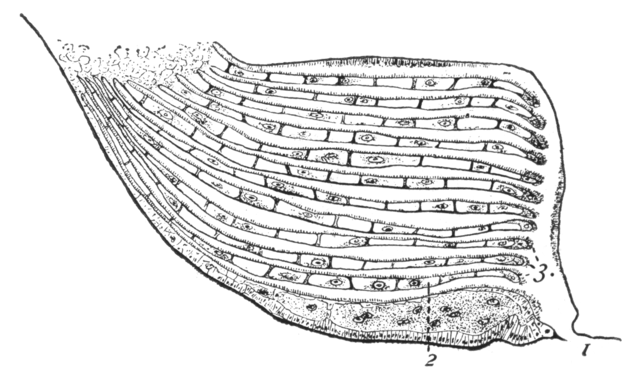
Close up drawing of Spider book lungs. (1) the lung slit that opens outside the spiders body, (2) space filled with hemolymph, (3) the horizontal lamellae look like pages from a book. From Wikimedia Commons
Most spiders have both trachea and book lungs. Some species only have trachea and some only book lungs. Small spiders that live in dry habitats like deserts need to be careful not to lose water across the trachea (or book lungs). These spiders rely on diffusion of oxygen and carbon dioxide across their skin and don’t have any breathing organs where water could be lost.



